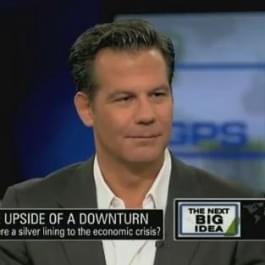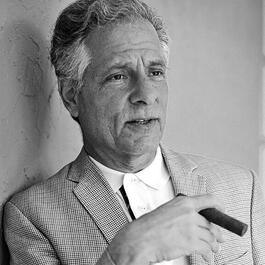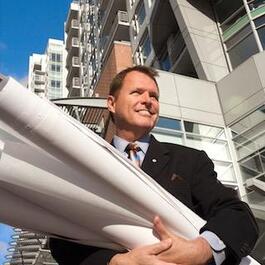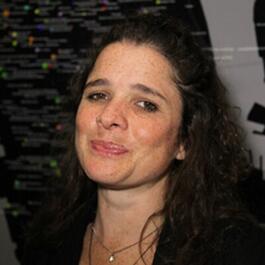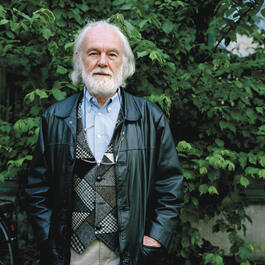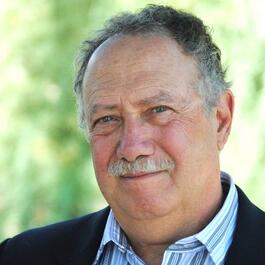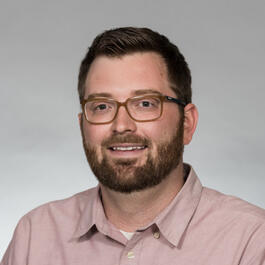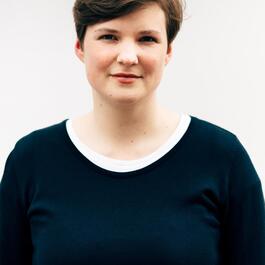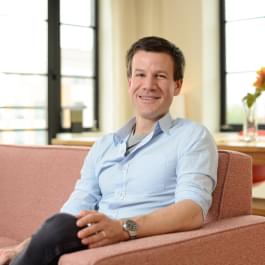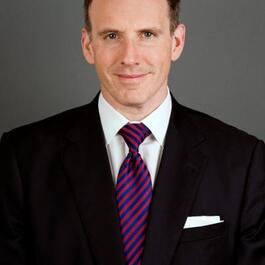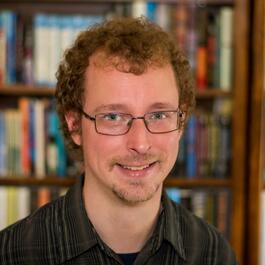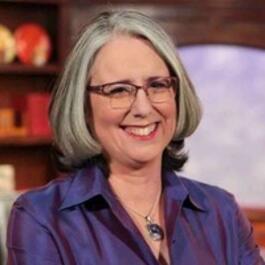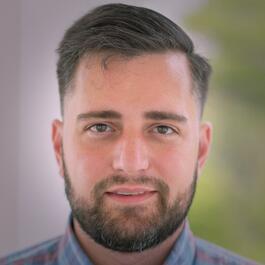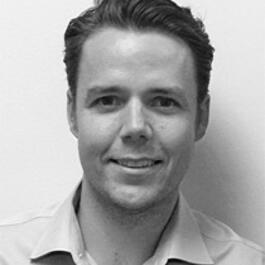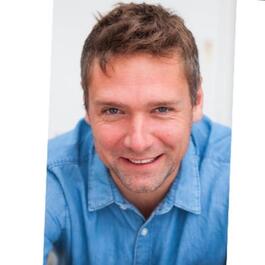Urbanists
51 profilesInterviews with urbanists
Based on freshness and the participants' profile rank
👉 Pitch in on Patreon and fuel the future of free-thinking conversations. On this edition of Parallax Views, urban theorist Joel Kotkin, author of The New Class Conflict and The Coming of Neo-Feudalism: A Warning to the Global Middle Class, to discuss his provocative UnHerd article, "Beware the New Eugenics." Together
Author Richard Florida: The Rise of the Creative Class
The author of "The Rise of the Creative Class and How It’s Transforming Work" talks with Marcia Franklin about what he sees are key ingredients for vibrant, economically successful cities. Richard Florida is professor of regional economic development at Carnegie Mellon University in Pittsburgh, Pennsylvania. Crunching
🌆Interview with Urban Planner and Architect, Andres Duany
Subscribe to the podcast: https://GetTherapyBirmingham.podbean.com/e/astrophobia-why-are-so-many-trauma-patients-afraid-of-space/ Join Andres Duany, acclaimed author and urban planner, as he delves into the psychology of architecture and urban planning in the second part of our series: 📚🌇 #PsychologyOfArchitecture Di
VREP #392 | Vancouver's Global Stature and Future with Larry Beasley
Larry Beasley is back! Esteemed Urban Planner, Larry Beasley, who has made significant contributions to urban planning on a global scale, and previously served as the Co-Director of City Planning for Vancouver, sits down with Adam and Matt for the first time since the pandemic. How has the perception of Vancouver chang
In this special Campfire Series episode, Geoff Manaugh joins the podcast to tell us the story of BLDGBLOG. We discuss how he maintains an online presence while playing the algorithm games of social media and talk about the topic of content ownership and the evolution of blogging. We also get into the creative opportuni
This week Freddy is joined in The Spectator offices by regular contributor and fellow of urban studies at Chapman University, Joel Kotkin. They discuss Biden and Trump's respective attempts to burnish their credentials with the unions this week, how the cultural agenda is alienating voters, and whether technology could
